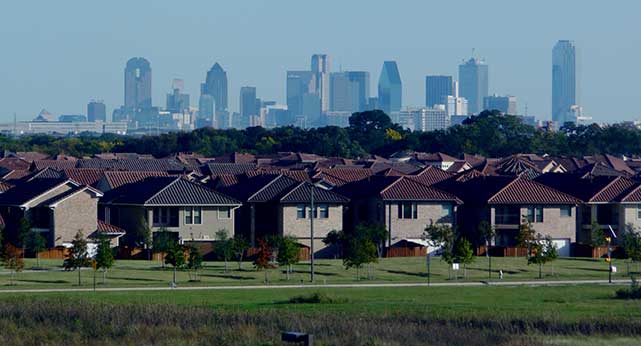American census data released in March has refuted two persistent assumptions about changing U.S. lifestyles – that more Americans are moving into cities, and millennials in particular are leading this trend.
An analysis led by Jed Kolko, a senior fellow at the Terner Center for Housing Innovation at the University of California, Berkeley calculated that suburban counties have continued to outgrow urban counties after a brief reversal in 2011.
Urban centres are still growing because the U.S. population is increasing, but the overall American population has continued to suburbanize as a whole. The share of Americans living in urban counties declined from 21.7 per cent in 2000 to 20.1 per cent in 2014.
Urban centres have indeed seen a substantial increase in population growth over the past 10 years, but this growth has attracted mainly younger, wealthier and better educated residents.
This trend is particularly pronounced in what Kolko describes as higher-density urban areas such as New York City and Boston. The richest 10 per cent of Americans were 12 per cent more likely to live in a higher-density urban area in 2014 compared to 2000, while the poorest 10 per cent were 17 per cent less likely to do so.
A similar progression can be seen when examining millennials. Americans 25 to 34 years old were slightly less likely to live in an urban neighbourhood in 2014 compared to 2000, but the opposite was true for those with bachelor’s degrees.
“Rich, young people are outbidding others for urban housing and so the faster growth in the suburbs certainly reflects tight housing supply in dense neighborhoods,” Kolko said in his analysis.
A lack of new housing being built due to zoning restrictions in places like San Francisco has exacerbated this trend, restricting the supply of housing at the same time that unprecedented demand for urban living is building.







